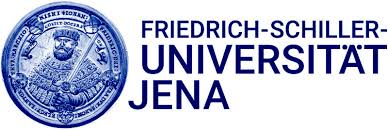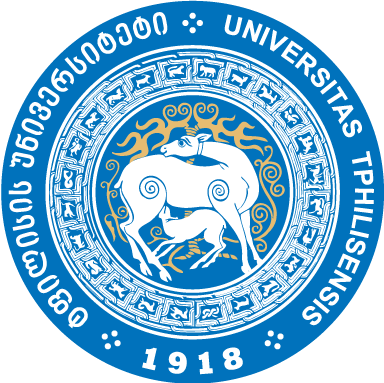P-ISSN
E-ISSN
This is a set of instructions how to prepare an article for the Georgica: Journal of Georgian Studies.
This guide summarizes the requirements for submitting articles in English to Georgica: Journal of Georgian Studies.
Researchers working on the issues of Georgian Studies are welcome to make a submission to Georgica - A Journal of Georgian Studies. All submissions will be assessed by an editor to determine whether they meet the aims and scope of this journal. Those considered to be a good fit will be sent for peer review before determining whether they will be accepted or rejected.
Before making a submission, authors are responsible for obtaining permission to publish any material included with the submission, such as photos, documents and datasets. All authors identified on the submission must consent to be identified as an author. Where appropriate, research should be approved by an appropriate ethics committee in accordance with the legal requirements of the study's country.
An editor may desk reject a submission if it does not meet minimum standards of quality. Before submitting, please ensure that the study design and research argument are structured and articulated properly. The title should be concise and the abstract should be able to stand on its own. This will increase the likelihood of reviewers agreeing to review the paper. When you're satisfied that your submission meets this standard, please follow the checklist below to prepare your submission.
According to the Committee on Publication Ethics (COPE) guidelines on good publication practice (p. 44), authors should take responsibility for a particular section of the study:
(1) The award of authorship should balance intellectual contributions to the conception, design, analysis and writing of the study against the collection of data and other routine work. If there is no task that can reasonably be attributed to a particular individual, then that individual should not be credited with authorship.
(2) To avoid disputes over attribution of academic credit, it is helpful to decide early on in the planning of a research project who will be credited as authors, as contributors, and who will be acknowledged.
(3) All authors must take public responsibility for the content of their paper. The multidisciplinary nature of much research can make this difficult, but this can be resolved by the disclosure of individual contributions.
(4) Careful reading of the target journal’s Authors' guidelines is advised, in the light of current uncertainties.
Language of the paper: the paper should be submitted in English language.
|
Submission Type |
Character Count (Max.) |
Formatting |
Language & Style |
|
Article |
Up to 90,000 characters (including notes and spaces) |
Double-spaced, classic font (Times, 11- or 12-point). No custom formatting (tabs, bold, underlining). |
Use American English conventions. Refer to the Chicago Manual of Style (16th Edition). |
|
Review |
Up to 30,000 |
|
|
|
Footnotes |
Limited to 100 |
Must be at the bottom of the page (footnotes), not endnotes. |
Explanatory text should be minimal; primary function is citation. |
Authors are required to log in or register to submit a manuscript. During the submission process, authors must confirm compliance with the following criteria:
III. Preparation of Article
Authors are strongly encouraged to use the journal's official template to ensure proper formatting.
o Research Participants: Describe the sample or participants of the study, including selection methods, sample size, and relevant demographic characteristics.
o Instrument(s): Describe the research instruments, their purpose, and, for existing instruments, their reported reliability and validity. The journal reserves the right to request access to the raw data.
o Data Collection Procedures: Provide a detailed account of how the study was conducted, including a realistic timeline for the different phases.
o Data Analysis: Explain the procedures used to analyze the data. This section can be combined with Data Collection Procedures if appropriate.
All accepted articles are published in English. Authors of accepted English submissions must cooperate closely with the journal’s editors.
Key Post-Acceptance Steps
General Text Guidelines
Quotation Rules
Author and Citation Style
Language and Definitions
Article Identification
Footnotes & Citations
The journal does not allow for a separate bibliography at the end of the article; all references must be integrated into the footnotes.
For the brief overview how to use proper citation in the footnotes, see:
https://writing.wisc.edu/handbook/documentation/docchicago/notes-bibliography/
VII. Maps, Tables, and Figures
VIII. Copyright and Privacy
Copyright
Authors retain the copyright to their work without restriction. By submitting a paper, authors grant the journal the right of first publication.
Privacy Policy
All personal information, including names and email addresses, submitted to this journal will be used exclusively for the stated purposes of our operations. This data will not be shared, sold, or distributed to any third parties under any circumstances.
P-ISSN
E-ISSN


